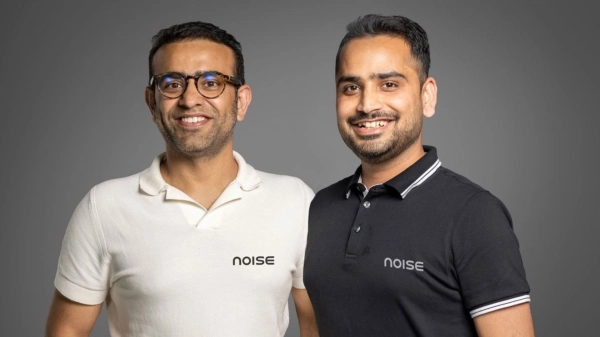Samsung Mulls Entering Non-Invasive Blood Sugar Monitoring Segment in Wearable Tech

Hon Pak said Samsung is focusing on continuous monitoring of blood pressure and glucose and the company is putting significant investment toward that.
Eyeing a clear edge over its rivals - Apple and Google, Samsung Electronics hinted at entering the race for developing non-invasive glucose monitoring and continuous blood pressure checking. The tech giant is planning to integrate these features into a variety of devices including its smartwatches and newly announced Galaxy Ring.
Health tracking has become a decisive feature in smartphones, smartwatches and other wearable technologies. While step count, calorie count and other fitness-related tracking, have always been features to bank upon, health tracking combines the features of a medical device into a wearable technology.
The potential breakthroughs in creating sensors for continuous blood pressure tracking and non-invasive glucose monitoring could revolutionise the health tech landscape, especially for individuals with conditions such as diabetes.
In an interview to Bloomberg, Samsung executive Hon Pak said that the company is aiming to eventually give consumers a complete picture of their well-being via sensors on different parts of the body and around the comfort of their home.
Per Bloomberg, Pak said Samsung is focusing on continuous monitoring of blood pressure and glucose and the company is putting significant investment toward that. Although he refrained from giving a specific timeline for the launch of the feature, he hoped that non-invasive sugar monitoring could hit the market within the next five years.
Race For Developing Non-Intrusive Glucose Monitoring Feature
According to statistics published by the Lancet in June last year, more than 529 million people worldwide have diabetes. The number is expected to go up by double to 1.3 billion people in the next 30 years.
One of the key parts of the treatment of diabetes is frequent tracking of the blood sugar levels of the patients. Current portable medical devices that are available in the market require pricking the skin and drawing out a drop of blood to carry out the test.
However, tech companies want to eliminate the painful process of drawing blood and make the technology sensor-based.
Similarly, for blood pressure, the tracking devices require a patient to place the cuff tightly on their arm which inflates and deflates while the monitor gives out readings.
For years, tech companies have been trying to develop non-invasive features for both blood pressure and blood sugar monitoring. While Samsung has seen some success on that front with its blood pressure tracking feature, the readings are not consistent yet and need to be calibrated against existing blood pressure-checking devices.
As the competition toughens in the wearable technology market, makers are racing to add more health tracking features to attract and retain consumers.
Apple’s Healthtech Journey
In the wearable technology segment, Apple Watch is by far the most popular device worldwide. Over the years, the company has added several healthcare features to its device including a heart rate monitor, ECG monitor, Afib history, Fall detection etc.
Since 2010, it is also working on a non-invasive technology to track users’ blood sugar levels. While the company says it has made significant progress in this regard, the product is still years away.
The company also plans to roll out a feature to track blood pressure levels that notifies the user about an increase in the blood pressure level. While this doesn’t require calibration, it also doesn’t give exact readings.
Its blood oxygen level monitoring feature, particularly, landed it in a patent dispute with Masimo after which the feature had to be banned in its devices. Masimo is a global medtech company that manufactures non-invasive medical devices and has recently ventured into the wearable tech segment.
Existing Blood Sugar Monitoring Devices
While introducing non-invasive blood sugar monitoring would be a breakthrough for the wearable tech segment, there are some medical devices promising the same.
For example, Germany-based DiaMonTech’s D-base. The device beams an infrared laser through the skin of a user’s finger causing glucose in the skin to convert the light to heat and thereby measure blood sugar levels.
Another US–Israeli company Integrity Applications developed GlucoTrack for patients with Type-2 diabetes. The device consists of a wireless ear clip sensor connected to a smartphone.
Whereas, a cylindrical device developed by Occuity Indigo scans the eyeball to determine blood sugar level. It sends a faint beam of light into the eyeball and measures glucose levels in the eye based on the refraction of the light that bounces back.
Stay tuned for more such updates on Digital Health News


















